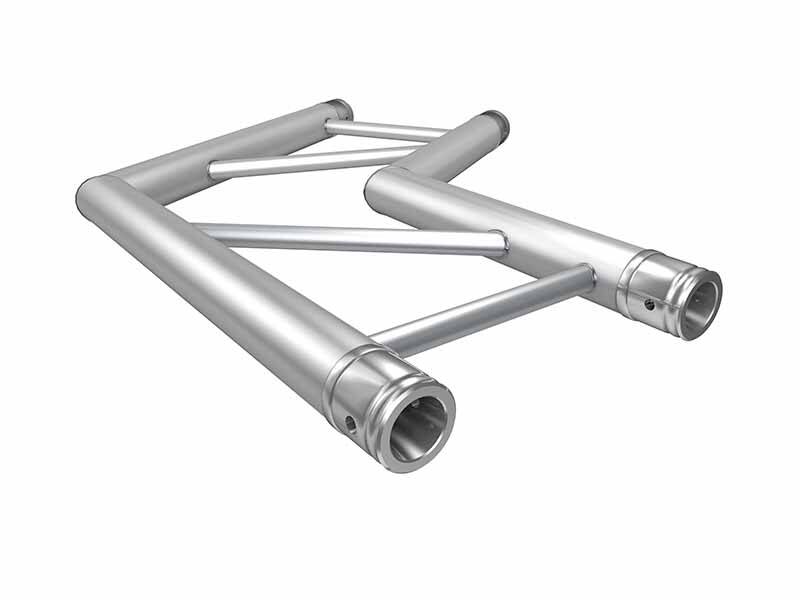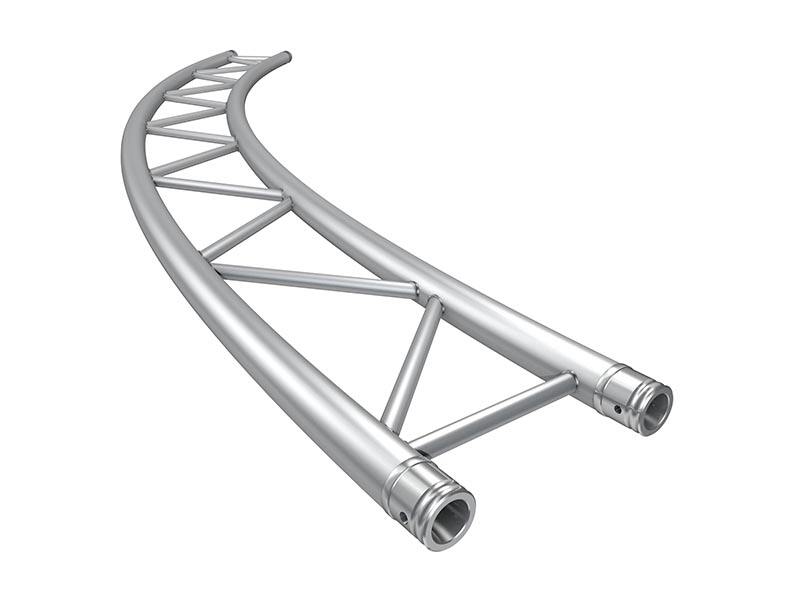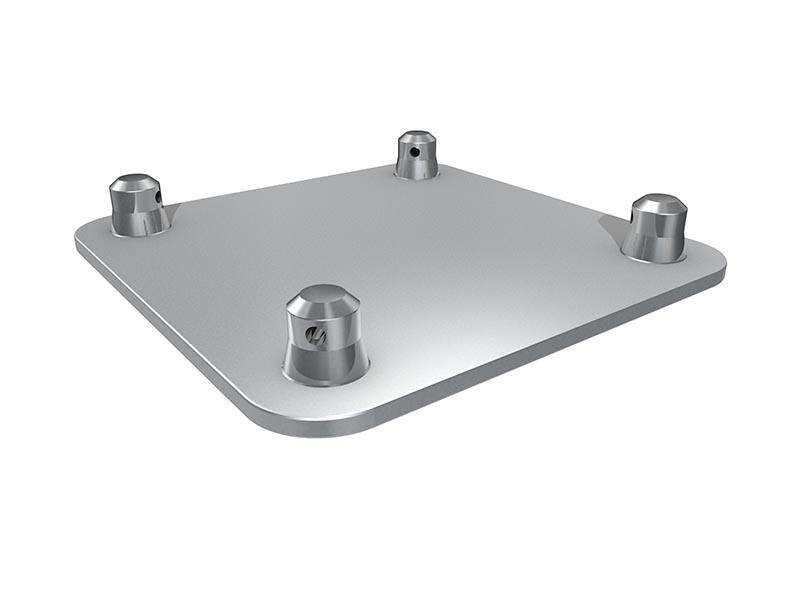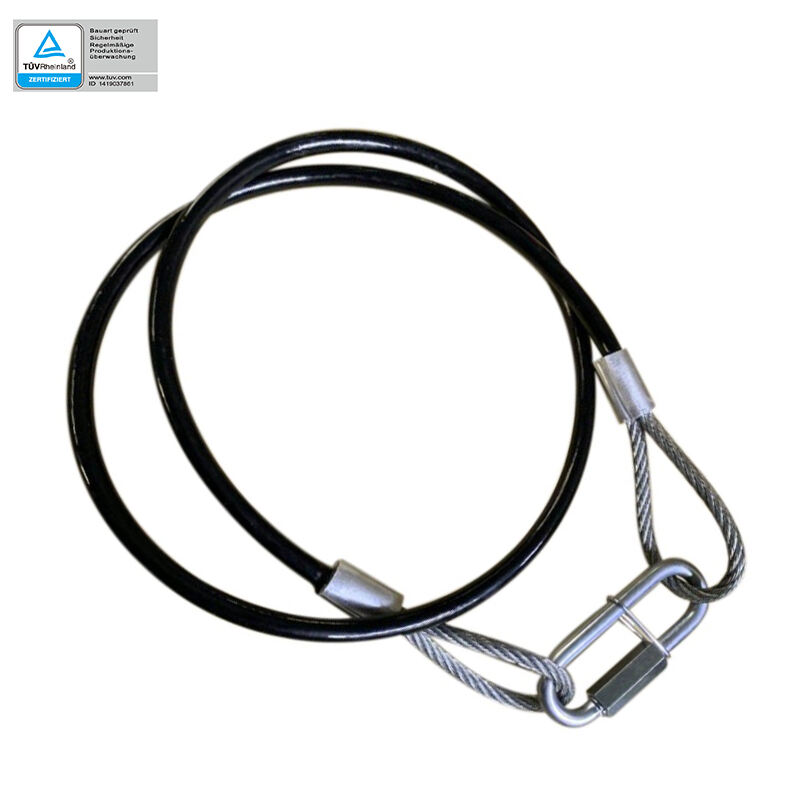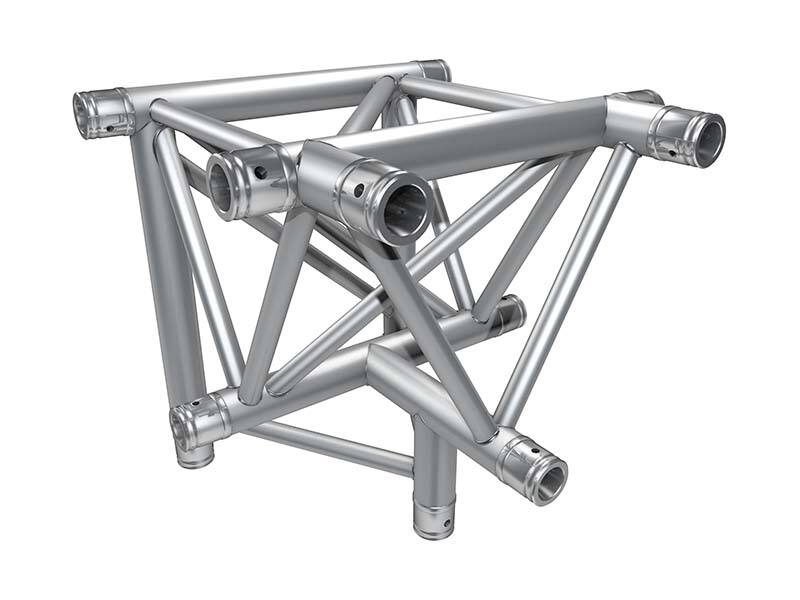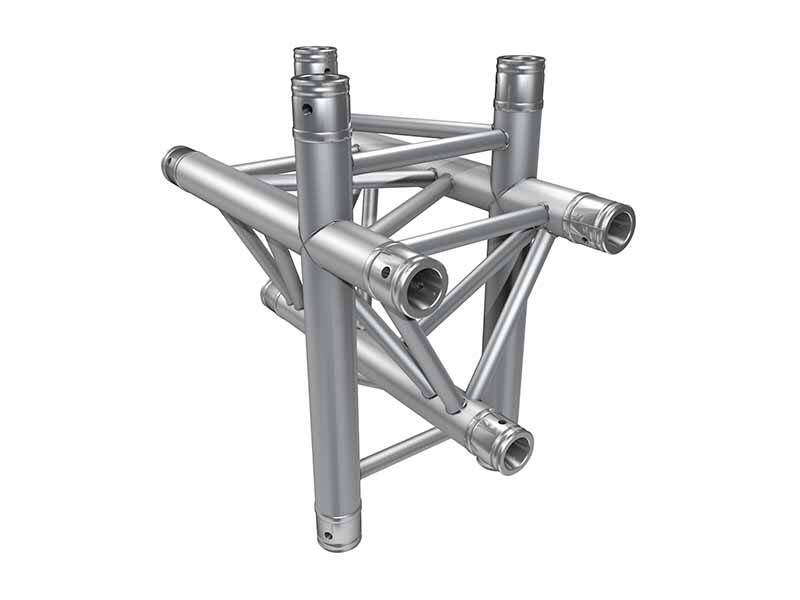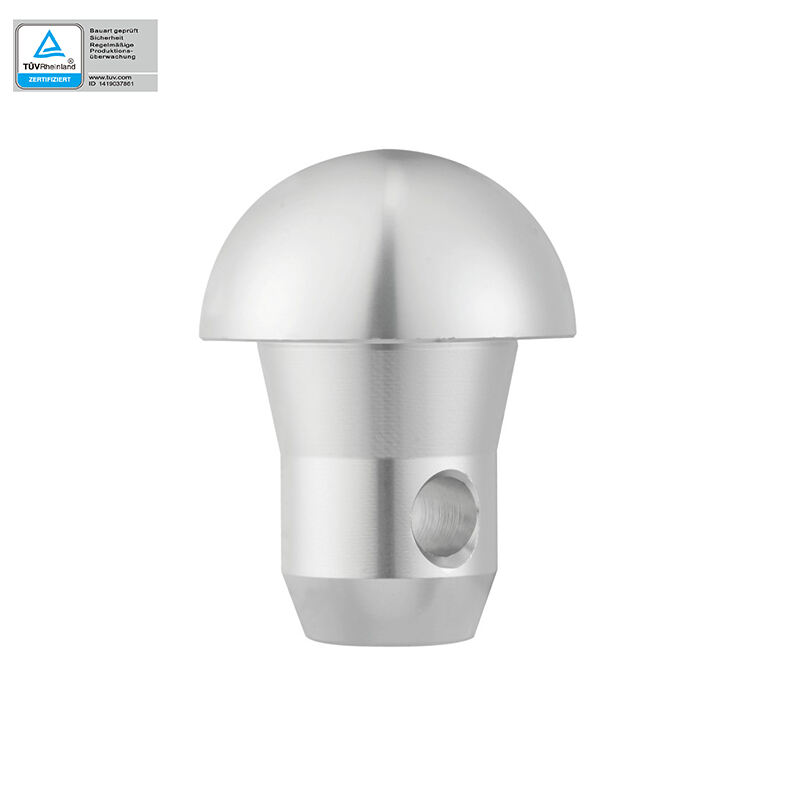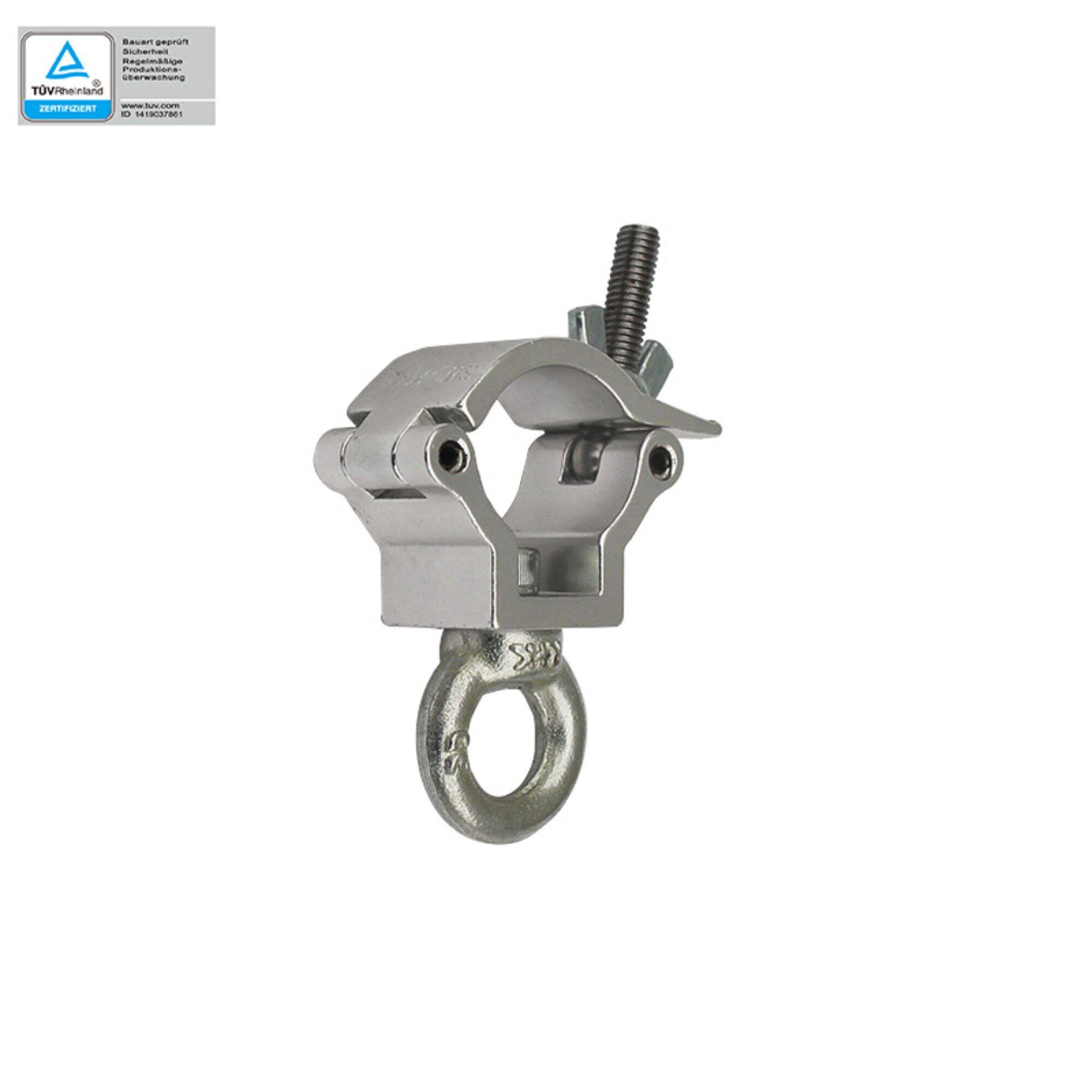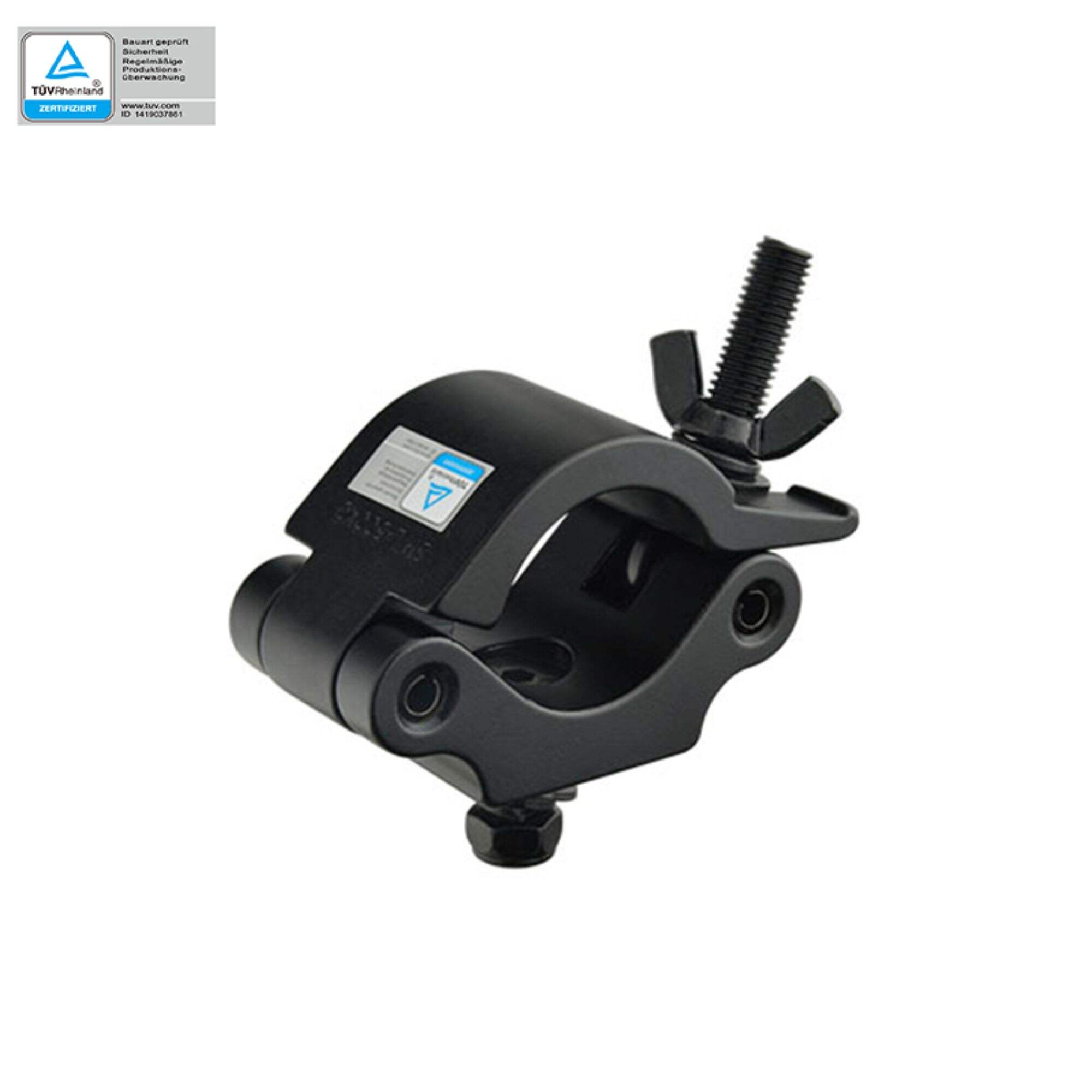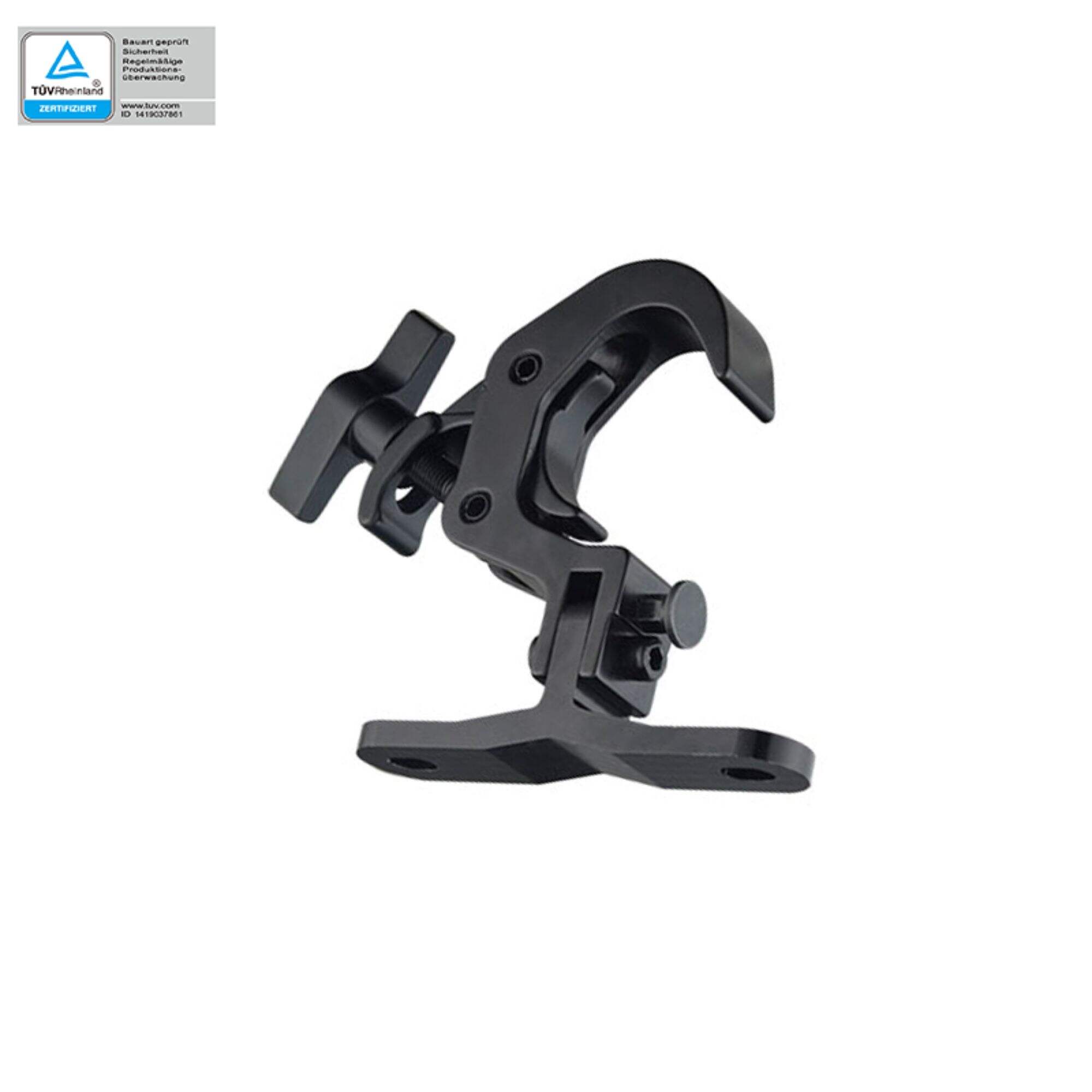How to Choose the Right Connectors for Different Truss Applications
Understanding Load Requirements for Truss Connectors
Vertical vs. Uplift Load Considerations
For anyone working with truss systems, knowing what separates vertical from uplift loads makes all the difference when it comes to keeping structures sound. Vertical loads basically mean gravity pulling things down like roofs pressing onto whatever supports them. This puts real strain on those connector points because there's just no getting around that constant downward force. Getting these numbers right matters a lot since they directly affect how much weight the whole system can actually handle without problems like sagging or worse, complete failure under load.
Uplift loads work against vertical forces, basically pulling upwards instead of pushing down. We see this happening when strong winds blow against structures or during earthquakes that try to literally lift parts of buildings off their foundations. Take coastal areas hit by hurricanes for example buildings there need special truss connectors designed specifically to handle those upward forces otherwise they won't meet code requirements. Building inspectors look closely at these connections because if engineers forget about uplift loads, roofs can tear away from walls during storms. Some recent construction failures actually happened because contractors didn't properly address uplift in their designs, resulting in complete structural collapse during what should have been manageable weather events according to local standards.
Load Distribution Across Truss Systems
When working on load distribution calculations for truss systems, engineers basically figure out where all those forces go through the whole structure so nothing gets overloaded. These calculation techniques rely heavily on basic engineering principles to get accurate readings, which makes it possible to build trusses that won't collapse under stress. The connectors between trusses are really important too because they literally hold everything together. Without good connections, the weight just doesn't transfer properly from one part of the system to another. A solid connection point isn't just about keeping things balanced though it also means the whole structure can handle unexpected stresses better, something every builder wants when constructing anything serious.
The load path is basically what engineers need to understand when looking at how weight moves through a structure. It's all about tracking where forces go from wherever they start until they reach the supports. Getting this right matters a lot for truss designs because it directly affects both safety and how long the whole thing lasts. Take for instance when loads aren't spread out evenly across a structure. This happens sometimes with weird shapes or sudden wind gusts that hit one side harder than another. These imbalances can really mess things up if someone doesn't catch them early on. That's why good drawings showing these load paths are so helpful. They make visible spots where problems might occur and show exactly where extra bracing needs to go to keep everything standing straight and steady.
Types of Truss Connectors and Their Applications
Joist Hangers: Face-Mount vs. Top-Flange
Joist hangers serve as important connection points between horizontal joists and vertical beams in building structures. There are mainly two varieties available today: face mount and top flange models, each suited for particular jobs on site. The face mount type attaches directly to the side of the supporting beam. Installation tends to be simpler with these units, though getting proper alignment matters quite a bit for how well they work over time. Top flange hangers instead rest atop the beam itself, which gives them better stability under weight and makes them handle heavier loads without issue. Most homes use face mount hangers for standard floor and ceiling applications, whereas commercial buildings frequently go with top flange versions when dealing with long spans or substantial weights across multiple floors. Getting this choice right according to actual project specs and what kind of weight will be placed on those joists isn't just good practice it's absolutely necessary if we want our buildings standing strong for years to come.
Truss Plates and Heavy-Duty Girder Hangers
Truss plates along with those heavy duty girder hangers play a really important role when it comes to keeping big structures stable. Let's start with truss plates first. These are basically flat pieces of metal with holes for nails or screws. They connect wooden parts in truss systems and help spread out the weight properly at each joint point. Now moving on to girder hangers which are built to handle serious weight loads. Contractors rely heavily on these components whenever dealing with massive beams and girders found in places like warehouses or during bridge construction projects. Without them, the whole framework wouldn't be able to withstand both downward pressure from above and sideways forces acting against it. That means buildings stay safe longer term because these connections actually work as intended rather than failing unexpectedly under stress.
Specialty Connectors for Masonry/Concrete
Connectors built specifically for masonry and concrete work are really important when dealing with these tough materials. Made from strong stuff that can take the beating of heavy concrete, these special fasteners matter a lot in big construction projects like factories or tall buildings where there's lots of concrete beams and blocks around. Take expansion anchors and dowel connectors for instance. These types create solid joins between different parts of concrete structures and whatever else needs attaching. The way they work with how masonry actually behaves makes all the difference too. Structures stay stable and safe because these connectors handle the weight properly without letting things wobble or fail under pressure.
Material Compatibility and Wood Species Impact
Douglas Fir vs. Southern Pine Load Ratings
Looking at Douglas Fir versus Southern Pine, their load ratings show some pretty big differences that matter when picking wood for different jobs. Douglas Fir usually has better load ratings because it packs more strength without weighing as much, which makes it great for structures needing serious support. The amount of moisture inside the wood and how dense it is really affects how much weight it can handle. Douglas Fir typically holds less moisture than Southern Pine does, so it performs better under load even when things get damp. We've seen time and again through testing that Douglas Fir beats Southern Pine hands down whether the weather is dry or rainy, which speaks volumes about its dependability across different environments. For anyone building something that needs to last, choosing between these woods should be based on what kind of weight they need to support and where exactly the structure will stand.
Engineered Wood and Glulam Considerations
Engineered wood products and glulam represent significant advancements compared to standard lumber options when it comes to both strength and how stable they stay over time. What makes engineered wood special is that manufacturers create it by sticking together various wood components like strands, particles, fibers, or thin sheets using adhesive materials. This manufacturing approach produces consistently strong building materials we commonly see as plywood panels or OSB boards. Glulam timber works differently but achieves similar goals. It consists of several layers of wood glued together which gives structures extra strength against bending or warping issues. Many builders prefer these materials for truss systems because they can hold heavier loads while spanning greater distances between supports without needing reinforcement. Most reputable manufacturers follow strict guidelines established by organizations like the Engineered Wood Association. These certifications matter since they guarantee quality control measures are met, giving contractors confidence these materials will perform reliably during actual construction projects.
Fastener Selection and Installation Techniques
Nails, Screws, or Bolts: Matching Fastener to Connector
Picking the correct fastener for truss connections matters a lot when it comes to keeping structures safe and sound. The main options out there are nails, screws, and bolts, and they work differently based on what kind of connector we're dealing with and how much weight needs to be supported. Nails tend to show up in lighter jobs because they're quick to install and cheaper overall. Screws hold things together better though, so they make sense for mid-range applications where extra grip counts. Bolts take the cake for heavy lifting situations where nothing less than maximum strength will do. When selecting these hardware pieces, pay attention to both the connector material and exactly what kind of loads will be applied since mismatched combinations can lead to problems down the road. Good installation starts with drilling pilot holes first to keep wood from cracking during insertion. Getting those fasteners seated correctly makes all the difference in maintaining structural integrity over time.
Adjustments for Sloped/Skewed Truss Configurations
Working with sloped and skewed truss setups brings its own set of headaches when it comes to picking out and putting in fasteners. These kinds of non-standard designs just don't play nice with regular methods. They need special attention so everything lines up right and weight gets spread out properly throughout the whole structure. When dealing with sloped trusses, sometimes we have to go with angled screws or get our hands on those fancy connectors that can handle the slope without compromising stability. Skewed trusses throw another curveball altogether. Contractors usually end up creating custom solutions to keep things from getting out of whack during installation. The goal is always making sure weight transfers correctly to all those critical support points. What works best? Getting hold of connectors made specifically for certain angles and following strict installation protocols. Take this one step further: measure carefully where each fastener goes, mark those spots clearly, double check connector alignment before tightening anything down. A little extra time spent here goes a long way toward keeping buildings safe and performing well over their lifespan, especially when working with those tricky sloped or skewed truss systems.
Environmental Factors and Long-Term Durability
Corrosion Resistance: Galvanized vs. Stainless Steel
Corrosion resistance matters a lot when picking truss connectors, and most people go for either galvanized or stainless steel. Galvanized steel gets a zinc coating that helps prevent rust, and it's generally cheaper than other options. But if we're talking about places where things get really salty or wet all the time, stainless steel tends to hold up better because it has different metals mixed in that naturally resist corrosion. The environment makes a big difference too. Humidity, extreme temperatures, and even dirty air can speed up how fast materials break down. Take coastal regions for instance salt in the air eats away at regular galvanized steel pretty quickly. That's why many builders opt for stainless steel there instead. From what I've seen in the field, stainless just lasts longer without needing constant checking or repairs, which is why it remains popular among contractors working on projects near water.
Load Reductions for Harsh Environmental Conditions
Environmental factors really take their toll on how much weight truss connectors can handle, which means builders need to think carefully about what they're using. When temperatures swing wildly, humidity climbs, or chemicals get involved, materials just don't hold up as well anymore. Take areas where weather goes crazy back and forth all the time – metals expand when warm then shrink again when cold, creating tiny cracks that grow bigger each cycle until something fails. The construction world knows this all too well, so many professionals already build in extra safety margins when working in tough climates. Look at those buildings going up in the Arctic circle – engineers there have learned through experience that regular materials won't cut it. They need special alloys and different designs to fight off both the brutal cold and constant moisture exposure. Getting these details right isn't just about following rules; it's what keeps people safe when Mother Nature throws everything at a structure.
Recommended Products
Hot News
-
The Application Scenarios Of Lighting Hooks And Trusses
2023-12-14
-
Market Analysis Of Lighting Hooks And Trusses
2023-12-14
-
The Essence Of Lighting Hooks And Trusses
2023-12-14
-
An In-Depth Look At Lamp Hooks And Truss Products
2023-12-14
-
Light Hooks And Truss Products: A Niche But Vital Industry
2023-12-14

 EN
EN
 AR
AR
 BG
BG
 HR
HR
 CS
CS
 DA
DA
 NL
NL
 FI
FI
 FR
FR
 DE
DE
 EL
EL
 HI
HI
 IT
IT
 JA
JA
 KO
KO
 NO
NO
 PL
PL
 PT
PT
 RO
RO
 RU
RU
 ES
ES
 SV
SV
 TL
TL
 ID
ID
 LT
LT
 SK
SK
 UK
UK
 VI
VI
 SQ
SQ
 GL
GL
 HU
HU
 TH
TH
 TR
TR
 FA
FA
 MS
MS
 GA
GA
 IS
IS
 MK
MK
 EU
EU
 KA
KA
